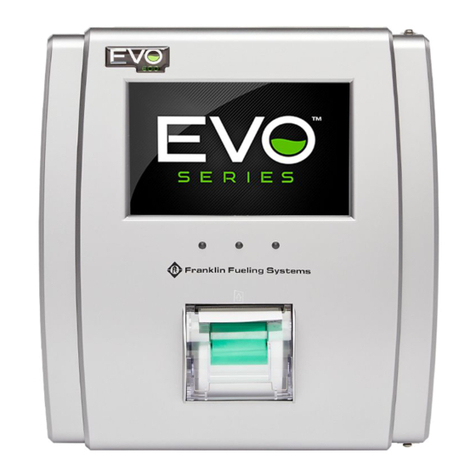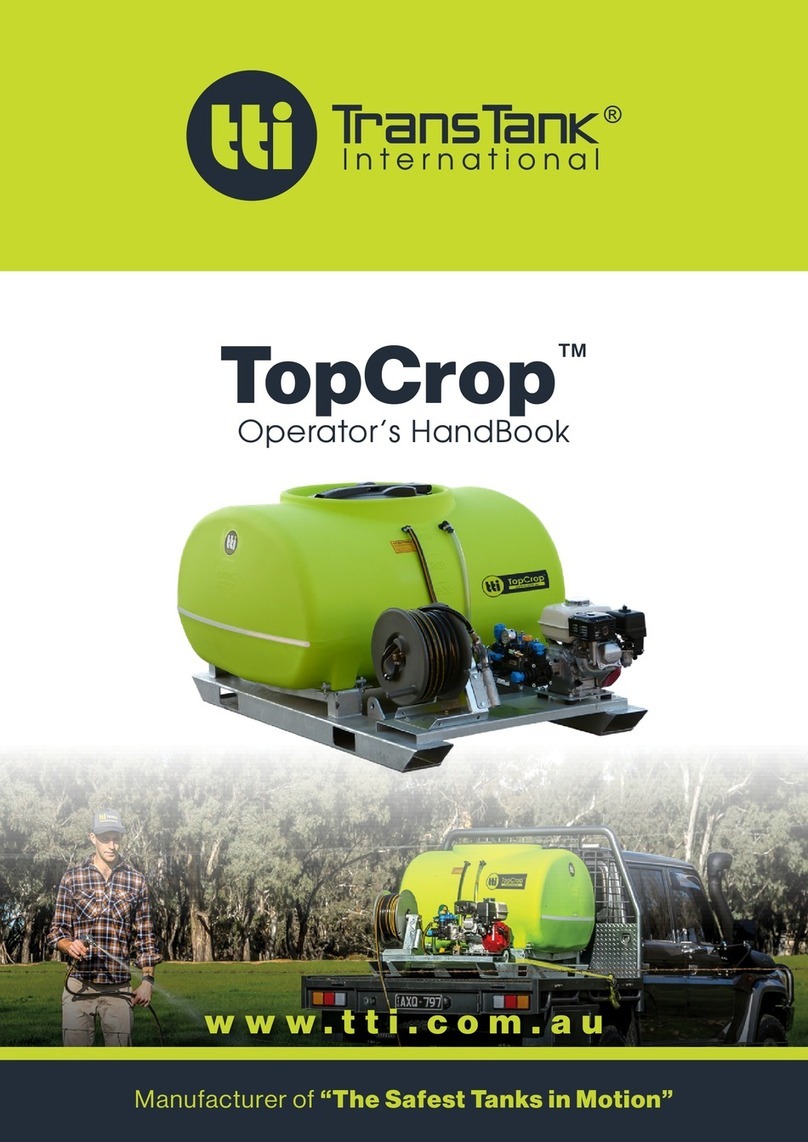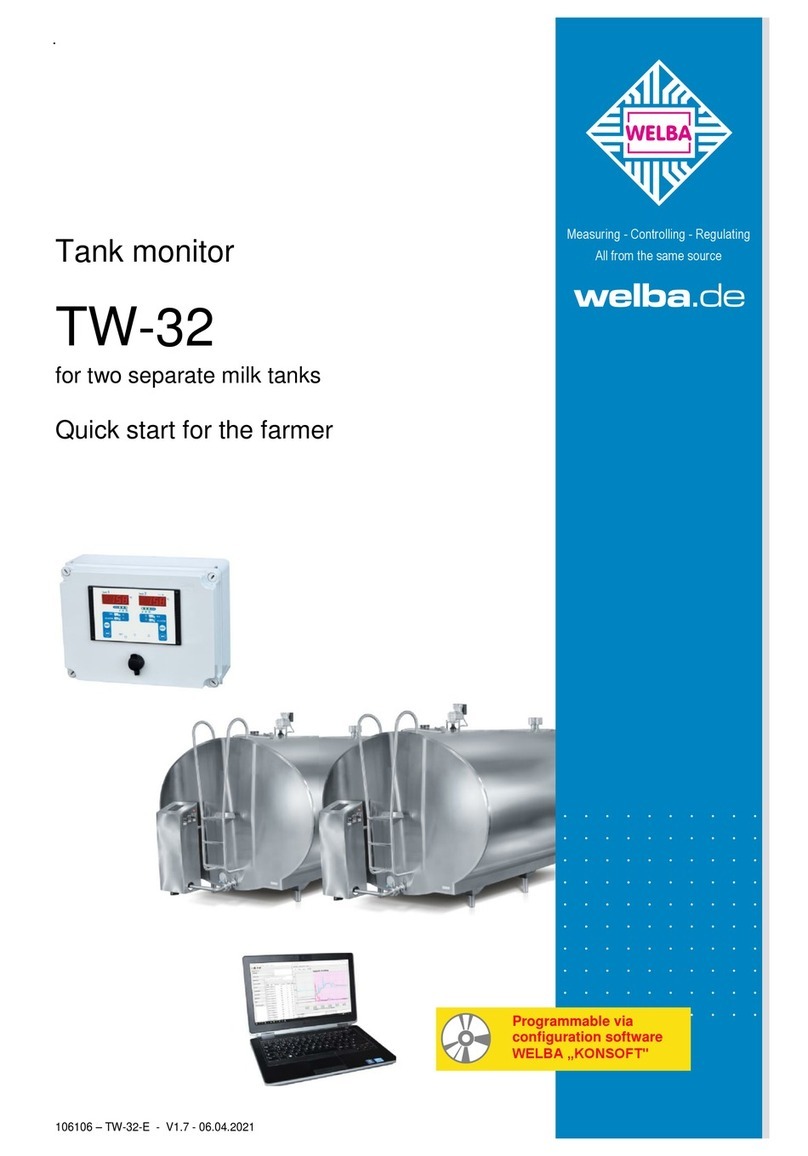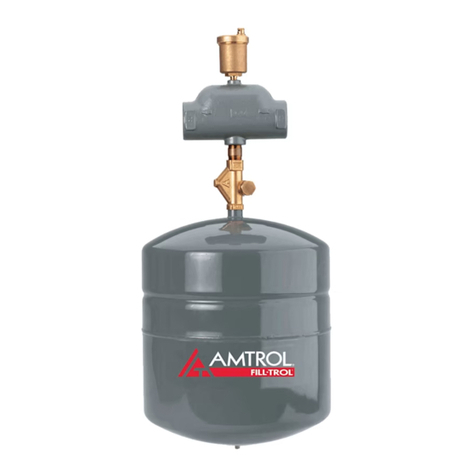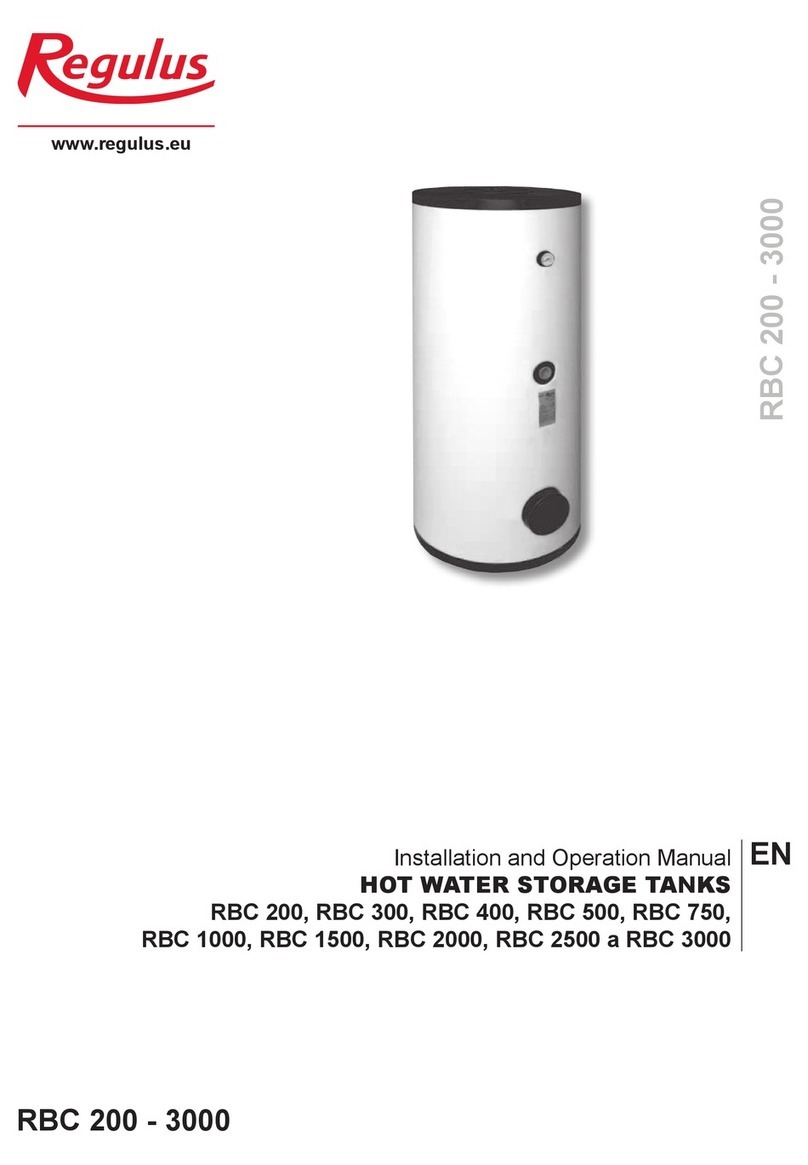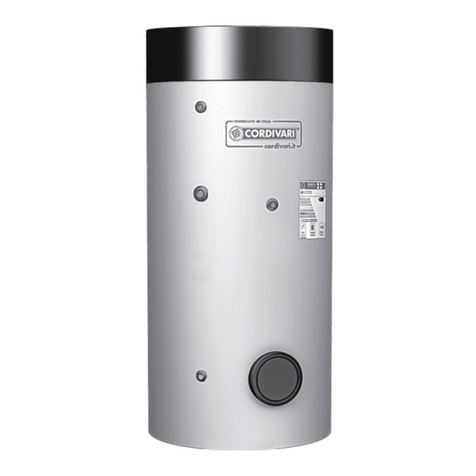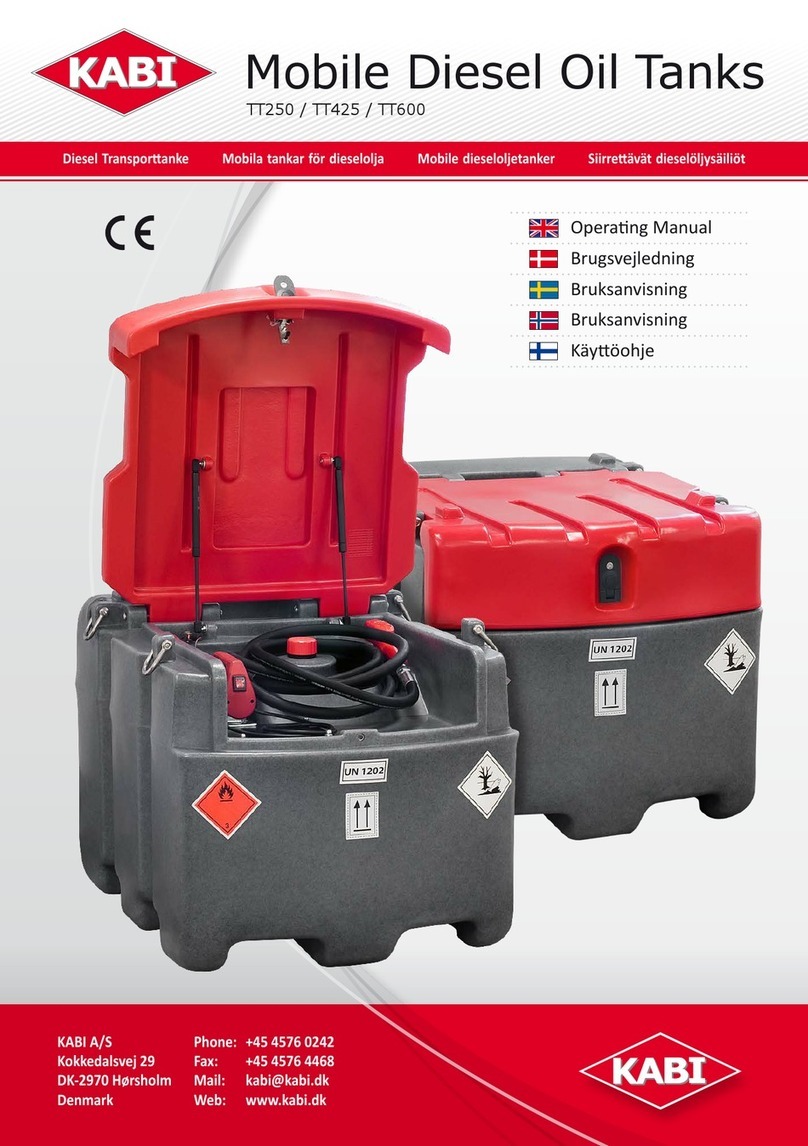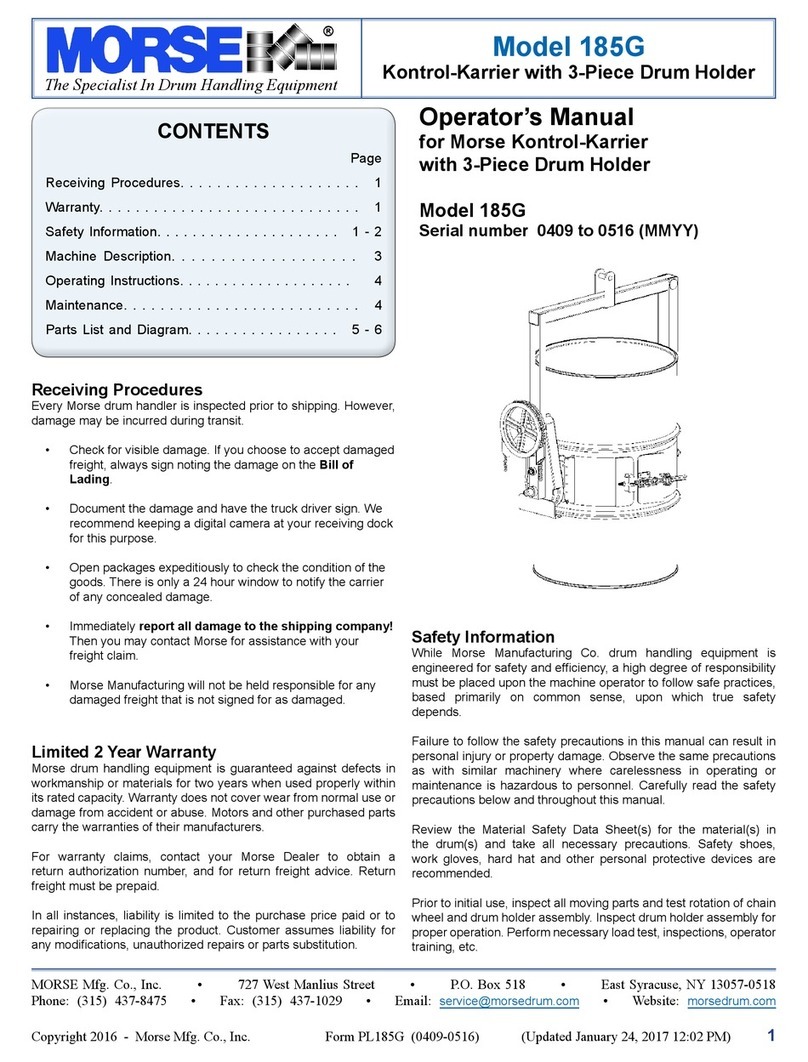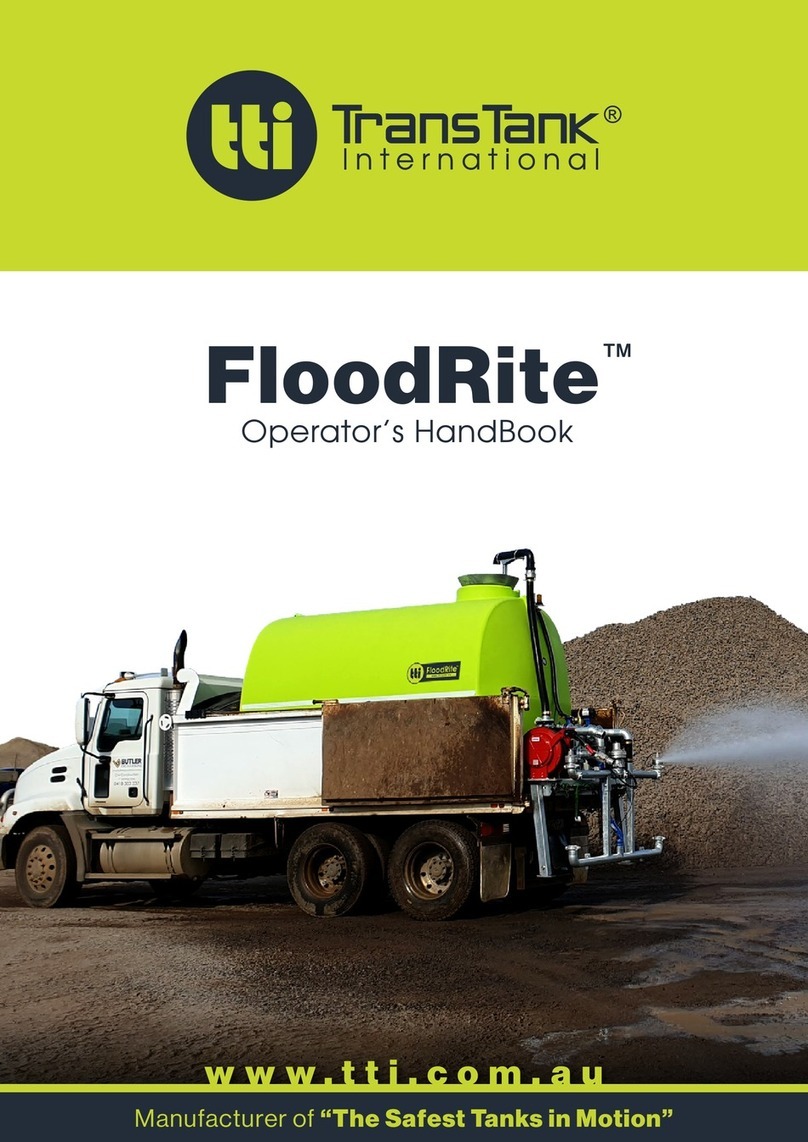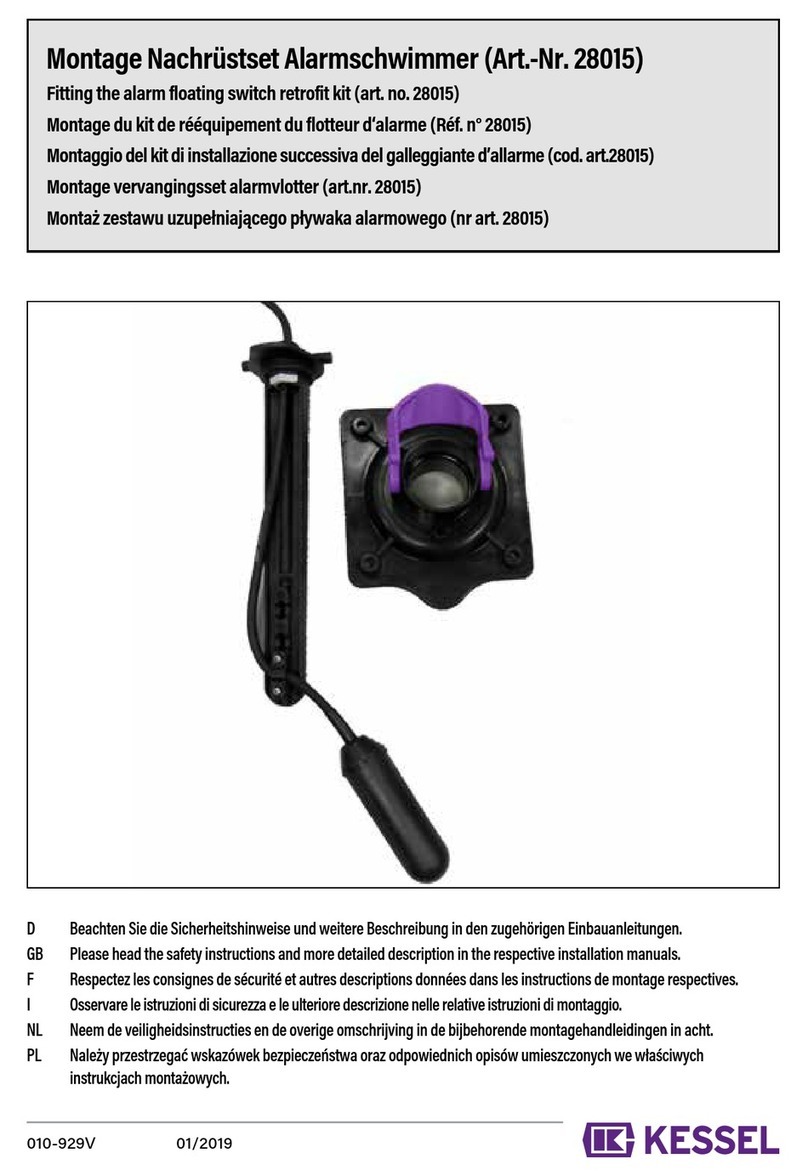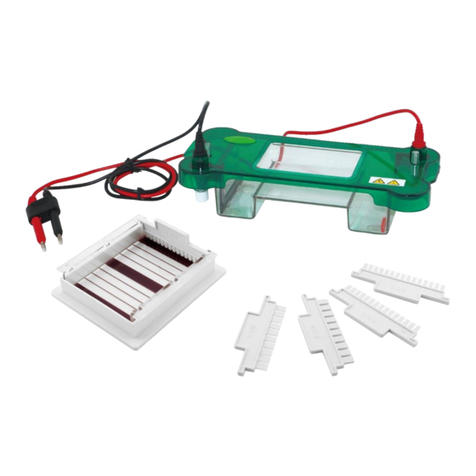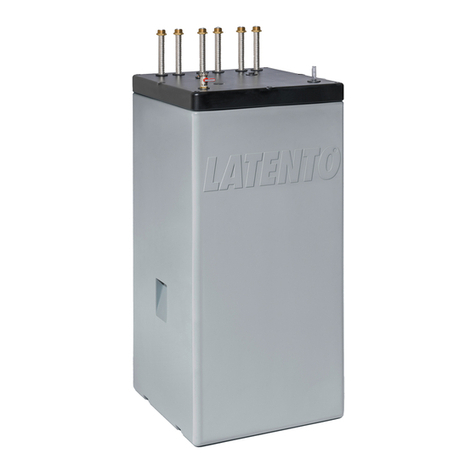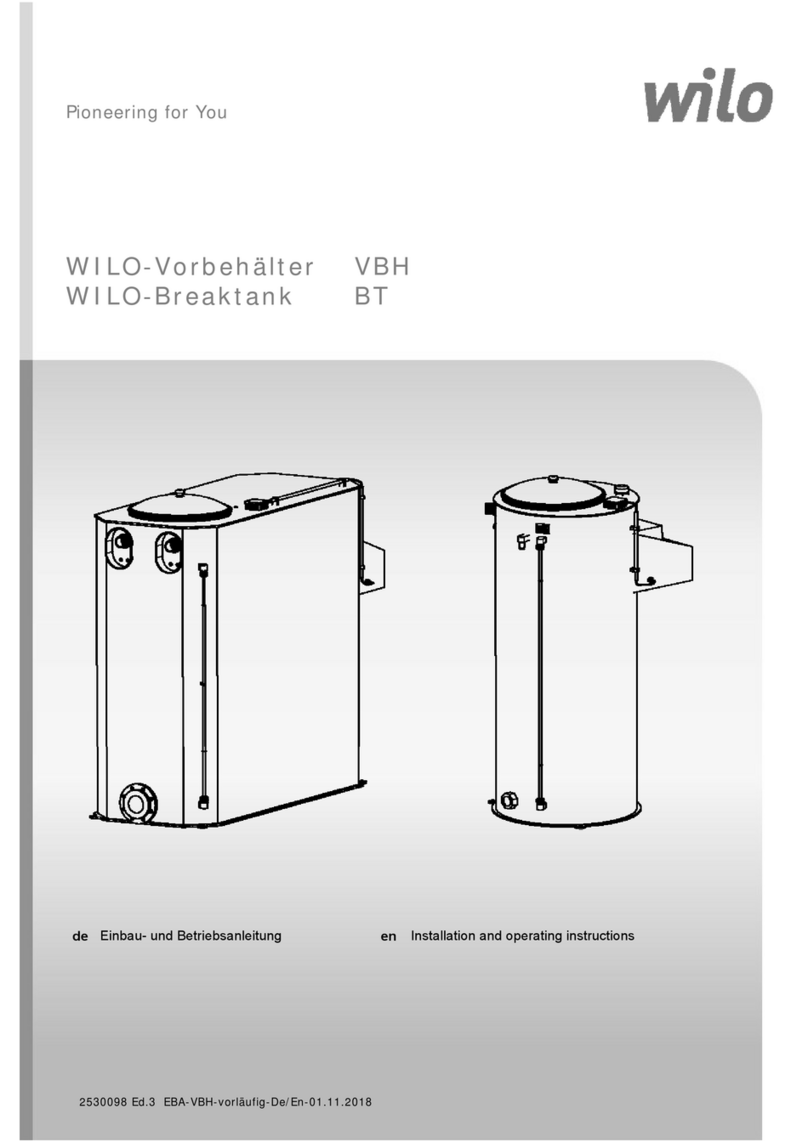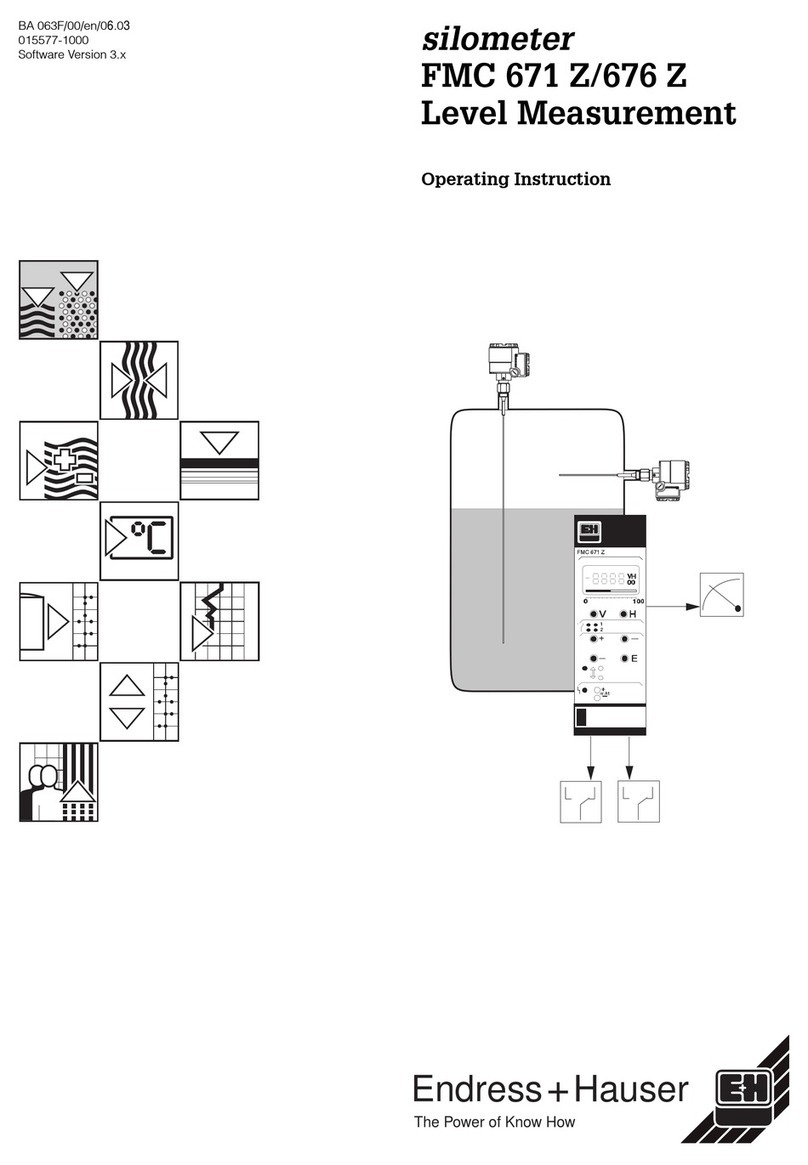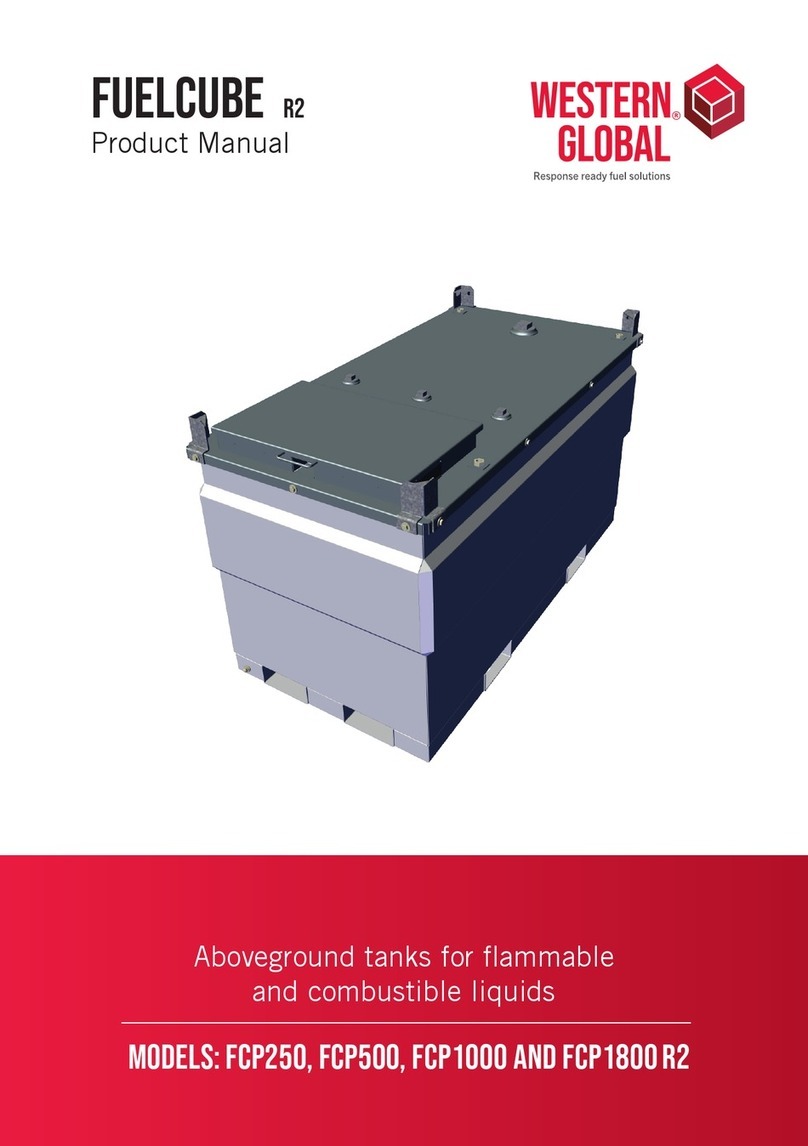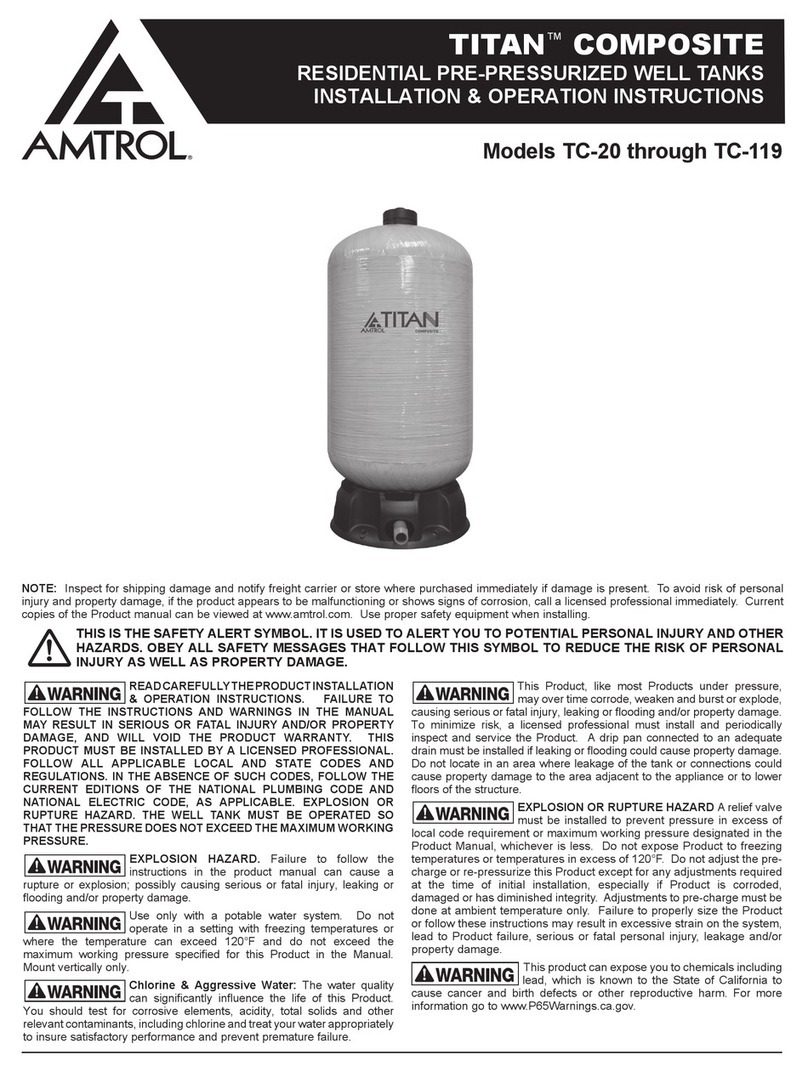
7
KABI Mobile AdBlue® Tanks
IV. SAFETY RULES DURING OPERATION OF TT250/425/600 ADBLUE® TANK
1. Informaon about AdBlue® (NOXy®)* substance
AdBlue® is a registered trademark for AUS32 or Aqueous Urea 325% (Aqueous Urea Soluon), which is used with
the SCR system (Selecve Catalyc Reducon) to reduce emissions of nitrogen oxides in the exhaust of trucks and
other vehicles AdBlue® is a 325% soluon of urea in a high purity de-ionized water, which is clean, non-toxic and
safe to use Not explosive, not ammable and not harmful to the environment AdBlue® is classied to the lowest
risk category among liquids t for transport It is not a fuel or fuel addive and it must be infused to a special tank
in the vehicle AdBlue® can be stored for one year if it is done in the correct way, ie away from direct sunlight Keep
it away from too high or too low temperatures The freezing point is -115 degrees Celsius It should be kept in a
closed container and in a well-venlated room In order to avoid contaminaon and corrosion of instruments, all
tanks, cables, valves and accessories used for transport and distribuon should be made of highly alloyed austenic,
as well as a variety of plascs (polyethylene, polypropylene, isobutylene, etc) In order to avoid any deterioraon
in the quality of the product during transport and storage, should be avoided in the transport of temperature above
25°C to prevent decomposion of urea and / or evaporaon of water in the case of venlated containers
* NOXy® is a new brand for the Azoty Group urea aqueous soluon with a concentraon of 325% obtained from
technically pure urea (without the addion of foreign substances) and demineralized water commonly known as
AdBlue®
2. Guidelines for persons authorized to operate the tank TT250/425/600 AdBlue®
TT250/425/600 AdBlue® should be operated by a person who is 18 years old, that has read the service manual and
is acquainted with the rules of safe operaon Children and bystanders should be kept away from the operaon
The tank operators should follow the service manual of the tank, and in parcular:
• Check that the specied parameters are not exceed, and if they are exceeded, take acon as provided in the
service manual aimed at bringing the parameters to an acceptable level,
• Keep records of the operaon of the tank or installaon, in accordance with the service manual, as well as record
all inspecons, periodical tests and replacement of components and accessories
• The owner and users of TT250/425/600 AdBlue® should take appropriate safety measures, according to the
nature and extent of foreseeable dangers, in order to prevent damage and injuries and, if necessary, in order to
minimize their eects In the event of an immediate threat to public safety, they should nofy the emergency
services and provide them with the informaon needed to take acon Responsibilies are dened in relevant
naonal rules
• When the tank is lled with AdBlue® for the rst me the dues of driver/provider and owner of the device
include the vericaon whether the device is set rmly, the tank is clean inside and empty Refuelling should
be done in two phases between which you should check the condion of the tank - if there are no leaks Before
the rst lling of the tank the appropriate measures should be taken to prevent any possible threats in it or its
environment
• Pay special aenon to the patency of the tank venng (breathing) stub-pipe, it cannot be clogged, blinded or
fouled
3. Operaons during refuelling
During refuelling:
• Perform a visual inspecon of the device condion
• Make sure the distribuon nozzle and the hose are in good condion, with no apparent external damage
• Drive the vehicle in the vicinity of the device and turn o the engine
• It is forbidden to park the vehicle during refuelling in a way that can hamper any possible evacuaon from the re
danger zone
• In the event of fuel spills immediately remove contaminants using sorbents, dispersants, or other materials de-
signed to remove diesel oil from the environment before the machine is restarted
• The device can be used at a temperature from -5°C to +40°C Do not use the device in bad weather condions
such as heavy rain, strong wind, lightning etc
• Fuel distribuon pumps are not designed for connuous operaon The pumps are made for intermient opera-
